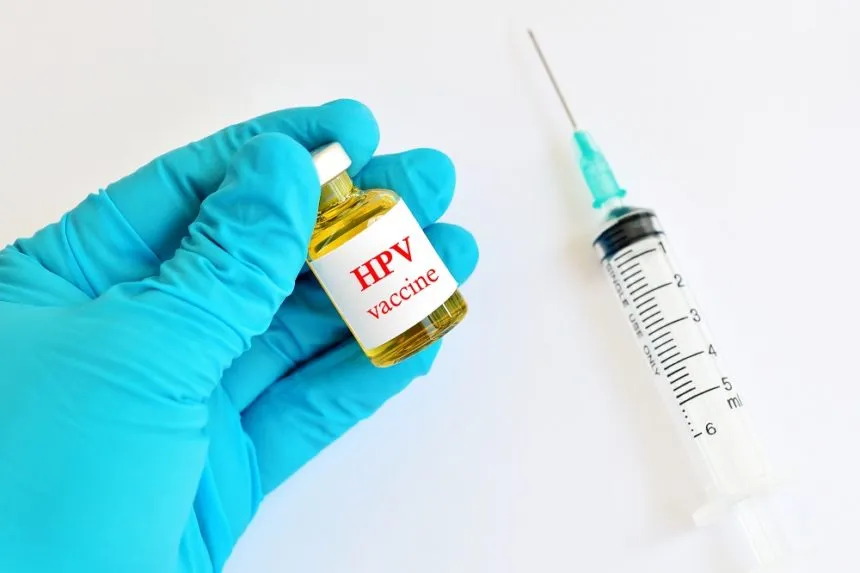The struggle against stubble burning continues in Ludhiana, with a notable surge of 110 new incidents reported in a 24-hour span. The year 2022 witnessed a substantial tally of 2,682 cases during the Kharif season, spanning from September 15 to November 30. As of November 16, 1,634 incidents have already been documented, revealing a concerning trend. Despite stringent warnings and a forceful rebuke from the Supreme Court directed at the Punjab government, attempts to manage and control the fires have proven ineffective, especially in the aftermath of Diwali.
The repercussions of these escalating farm fires extend to Ludhiana’s air quality, with the air quality index (AQI) soaring to alarming levels, reaching as high as 336 on a Thursday. This categorizes the city’s air as ‘very poor,’ posing significant risks of respiratory illnesses upon prolonged exposure. The Supreme Court, cognizant of the gravity of the situation, has reiterated the responsibility of the Punjab government. It has issued directives for an immediate cessation of crop burning, emphasizing accountability by holding the local Station House Officer (SHO) responsible under the overall supervision of the chief secretary for the time being.
Despite a temporary dip in reported cases following the Supreme Court’s rebuke, the numbers have once again surged post-Diwali. Efforts to seek comments from the district commissioner, Surabhi Maik, have been met with unavailability. This ongoing struggle underscores the urgency of effective measures to curb stubble burning and protect both the environment and public health in Ludhiana.
Following a brief hiatus, the burning of crop residue in Punjab resumed on Diwali, with nearly 1,000 cases reported. The administration, prompted by concerns raised by the Supreme Court, had been actively working to curb farm fires. Notably, Punjab recorded fewer farm fires than Madhya Pradesh in recent days. Despite the recent upswing, crop residue burning for this season is 42% lower than the previous year. The district of Sangrur, Chief Minister Bhagwant Mann’s hometown, reported the highest number of burning cases (308).
In Punjab, the pollution control board has imposed an environmental compensation of Rs 1.2 crore on violators of field fires, with over 4,800 cases recorded until November 7. Additionally, 829 cases are pending for compensation. Red entries have been made against 500 farmers, and 48 FIRs have been registered for defying public orders. Tarn Taran saw the highest compensation of Rs 21.5 lakh, followed by Rs 21.2 lakh in Amritsar.
According to Uttar Pradesh’s agriculture minister, Surya Pratap Shahi, the state has successfully reduced stubble burning by 70% compared to the previous year. He stressed that the issue of air pollution in Delhi should not be politicized. The state government is taking punitive measures against violators, offering incentives for stubble management, and engaging in farmer education. Uttar Pradesh aims to intensify its focus on incentivizing stubble management through dedicated Farmer Producer Organizations (FPOs). Stubble burning incidents have also witnessed a decline in other states, as per data released by the Centre.
















